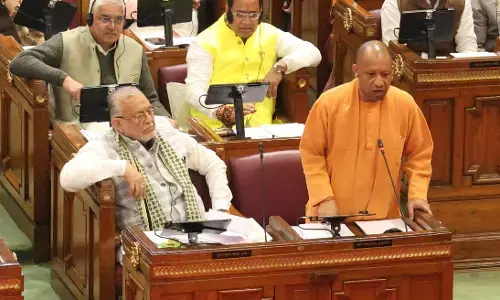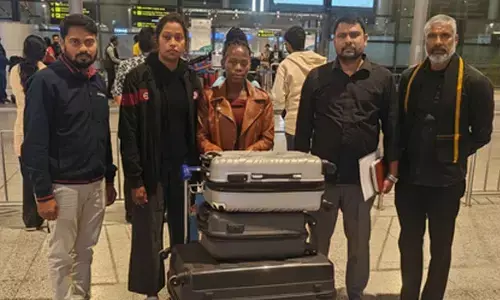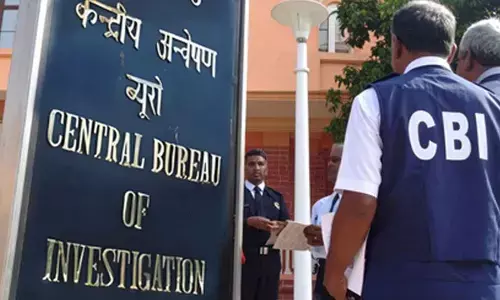Further liberalization can help double rural income faster in India: Rajiv Ranjan Singh

Even as the government is making efforts to double rural income in the country by 2022, there is a need for further liberalization to attract investment and knowhow in the Indian agricultural system to fasttrack the process of income in the rural areas
New Delhi : Even as the government is making efforts to double rural income in the country by 2022, there is a need for further liberalization to attract investment and know-how in the Indian agricultural system to fast-track the process of income in the rural areas.
The need for greater technological know-how can be gauged from the fact that despite agriculture accounting for highest employment as a sector in the country, the produce is still not at par with the requirement. India had to import 1.48 million tons of wheat in FY17-18 despite being the second largest producer of wheat in the world.
If the best of global technological input is available to the Indian farmers, there will be a significant reduction in input costs and increase in per unit cost savings for the farmer. This will result in farmers' income increasing at a higher rate as compared to the farm output.
"It is rightly estimated that one-third increase in farmers' income can be attained if there is price realization, efficient post-harvest management, competitive value chains and adoption of allied activities. Hence the government's efforts in these areas are noteworthy. Putting a step forward towards this goal, the government has started eNAM, an online market where farmers can register and directly trade their farm produce at the best price.
Furthermore, the construction of new roads and highways recently paced to 27km per day, improving the connectivity to remote farms, providing them the option to supply the farm produce faster," said Rajiv Ranjan Singh, CEO, Karvy Stock Broking Ltd.
"The government is now promoting schemes like Fasal Bima Yojana and Soil Health Cards, which provide crop insurance to farmers and also help in increasing the yield. A recent government report highlights that over 13 crore soil health cards have been dispatched so far. This is a step in the right direction but the process of issuance of Soil Health Cards has to be rigorous and has to be done at a war footing," added Ranjan Singh.
India is a huge country with stark realities and peculiar statistics. According to the 2011 Agricultural Census of India, over 61 percent of working rural population depends on agriculture. The same census also highlights that the GDP contribution of agriculture in India has dropped to 14 percent in 2011 from 51 percent in 1951. This indicates how agriculture employs a large population and produces less value. Thus it is important to work on various fronts to improve a lot of our rural folks. Education and training have rightly been identified by the government as a means to improve the condition of the people in rural areas. Thus it is promoting initiatives like Deen Dayal Upadhyaya Grameen Kaushalya Yojana and Skill India aimed at skill enhancement of the rural youth which can play a pivotal role in supporting small-scale industries.
Other schemes like Jeevan Jyothi Bima Yojana, Suraksha Bima Yojana, Atal Pension Yojana and Mudra Yojna are providing credit facilitation and financial security as well as inclusion in the hinterlands of the country. The increase in rural income and the confidence of consumers in the villages can also be seen in the off-take of some of the FMCG products in recent times. For instance, Bajaj Corp updated that rural off-take for their flagship product, Almond Drop hair oil, has been 30 percent higher than urban in both volume and value terms for the June quarter of the current fiscal. For Marico, the rural growth stood around 28 percent whereas urban growth was registered 16 percent for the June quarter. For Godrej, urban markets grew at 13 percent year-on-year and rural grew 17 percent year-on-year. A recent CRISIL report suggests that the FMCG sector can grow by 300-400 basis points to obtain 11-12 percent rise in revenue in FY18-19, as a result of the revived rural demand.
He added that even though there are these traits of revival and strength, there still exists a wide gap between the per capita income levels of rural and urban India.
"The rural per capita in the country for FY15-16 stood at a mere Rs 40,679 while the urban per capita income was Rs. 98,968 in the same financial year," he added.


















